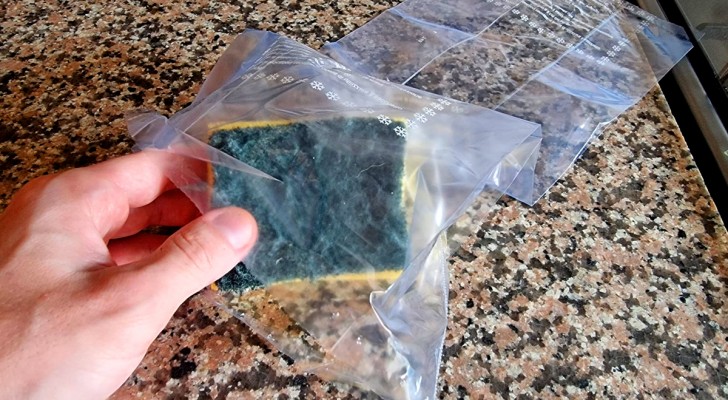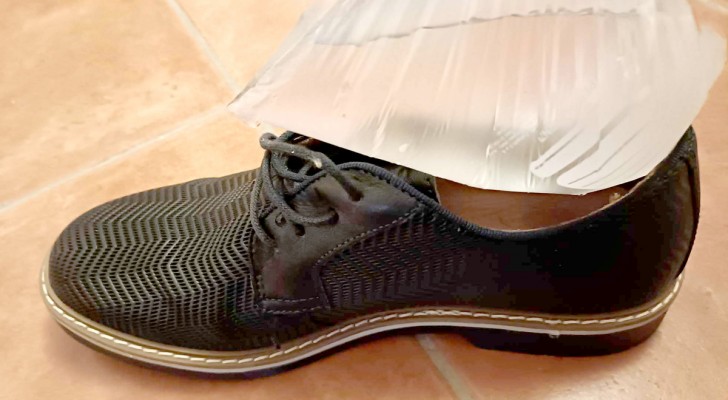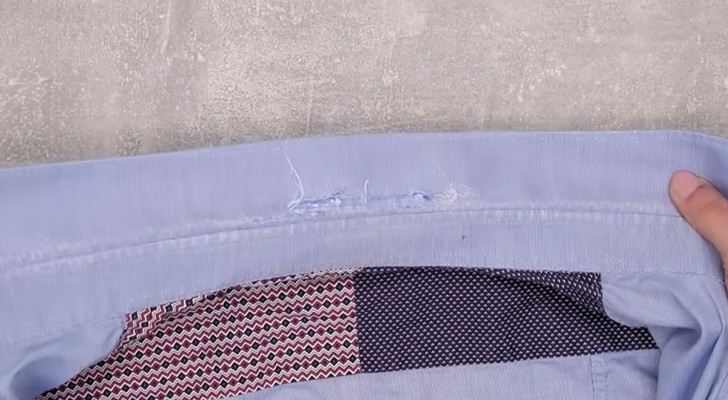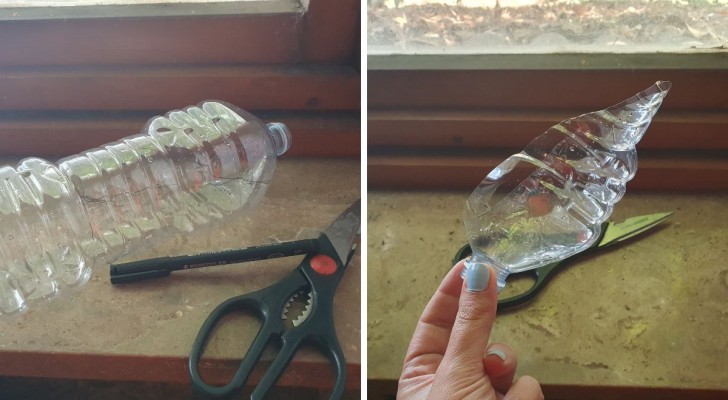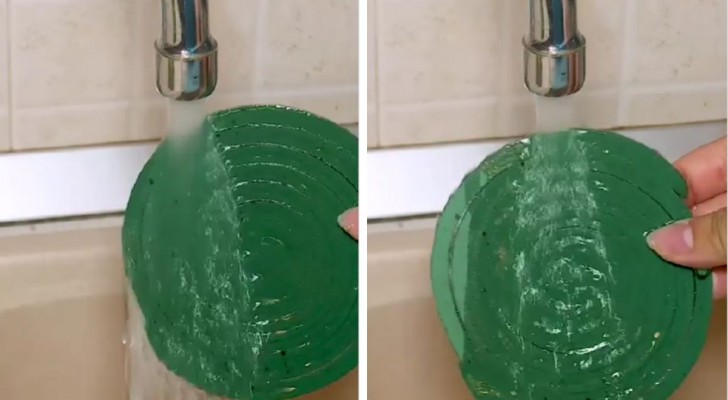Oven hood filter in a nightmarish condition? Try this simple tip shown on TikTok
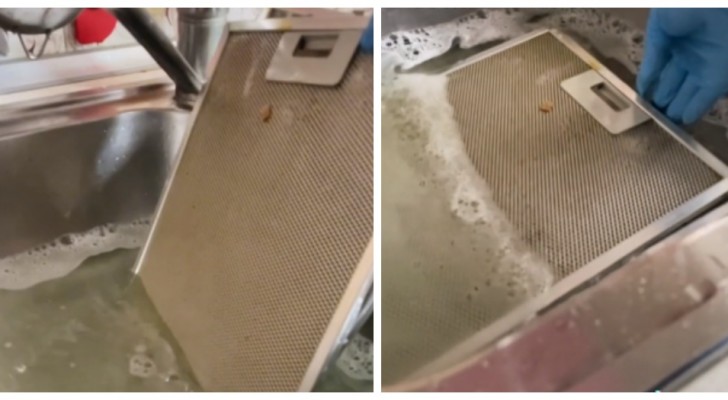
Every time we turn on the stove and cook something we get a little grime on the extractor hood above the stove, even when the extractor is not turned on. The steam that rises from the pots and all the splashes that can come from the pans and pans while we cook reach all the surfaces around the stove, and especially the hood and its filter.
This creates a greasy residue that any small debris, including dust, adheres to easily and you end up with a sticky, grime-coated surface that really can feel like a nightmare when it comes to cleaning it. However, there is a very simple method to try, which is also illustrated in a short video of the @estela_tips account on TikTok.
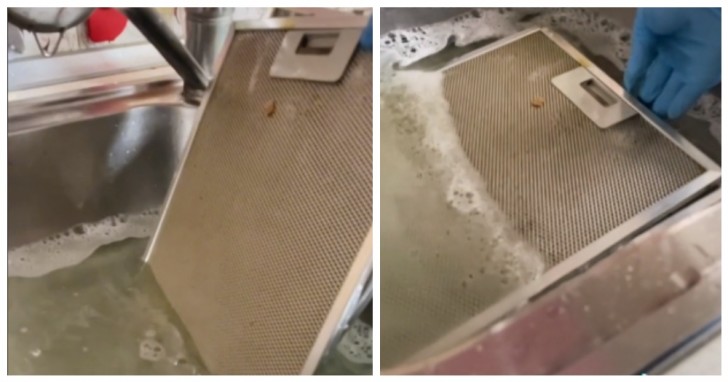
What is recommended is to fill a sink - if it is large enough to accommodate the filter - otherwise you can use a large basin filled with hot water, then add a few drops of your normal dishwashing detergent. Immerse the filter in the water so that it is completely submerged. As an alternative to using dish washing soap, you can also use Marseille soap.
Leave the filter soak for at least an hour in the water. This should be more than enough time to dissolve and soften the greasy dirt and all stubborn deposits. At this point, the grime will come off by scrubbing the surface of the filter with a dish washing brush and then passing a sponge over it with a bit more dish washing soap. Rinse and dry thoroughly before putting the filter back into its housing.
To this mixture, if you want, you can add:
- White vinegar - half a glass
- Baking soda - a couple of tablespoons
- Citric acid - a couple of tablespoons
If you have to do a slightly less "intense" cleaning, then you can also mix water and vinegar in equal parts in a spray bottle and spray the product on a cloth to rub over the filter. It is always advisable, however, to remove the filter (as if you were to going to soak it) and spray the mix onto it, leaving it to act for a quarter of an hour or more before rinsing off.
If you would like to remove the grime without waiting the necessary time of the first method (but not if the filter is made of metal), then you could also make a paste with sodium bicarbonate and water, rubbing it on with a sponge. But always ensure that the filter has been removed from its housing before using any of these cleaning methods.

